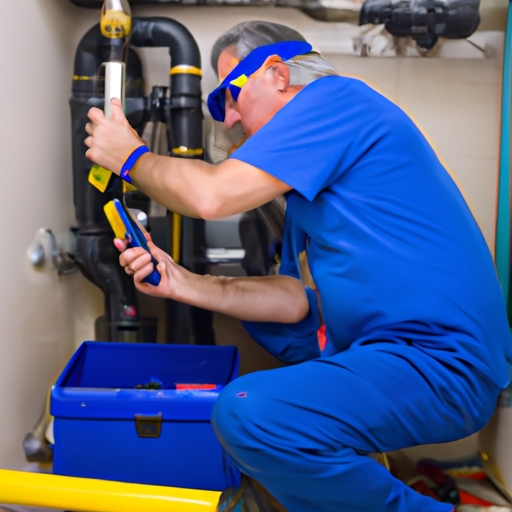
Gas Line Installation
Gas Line Installation
Gas line installation is an essential part of any home. It can be a tricky and dangerous process if not done correctly, so it's important to follow the correct steps (and take all the necessary safety precautions!). Failing to do so could result in serious damage or even injury!
First and foremost, you need to decide what type of gas line you need. If it's for a stove or oven, then you'll likely want a flexible line. This will allow for some movement when adjusting the appliance's position. However, if it's for something more permanent like a hot water heater, then rigid lines are the better choice. On top of that, you should also consider whether you're using natural gas or propane as there is different piping required for each type.
Next up is actually laying the pipe and connecting everything together. You'll need access to existing piping in order to connect your new lines properly which may require some excavation work depending on where they’re located. Make sure that all connections are tight and secure before proceeding with testing! A leak detector should be used in order to ensure nothing hazardous is escaping from them.
It's also important to make sure that your gas line installation meets local building codes and regulations(as well as any other applicable ones). Always double check your work after completion just incase anything was missed during installation as this could lead to costly repairs down the road! Finally, have your system inspected by an authorized professional before actually turning it on; this will guarantee everything is running safely!
In conclusion, installing a gas line can be quite complex but following these tips should help make things easier! Just remember that safety should always come first and never cut corners when dealing with such matters - one wrong move could mean disaster!
First and foremost, you need to decide what type of gas line you need. If it's for a stove or oven, then you'll likely want a flexible line. This will allow for some movement when adjusting the appliance's position. However, if it's for something more permanent like a hot water heater, then rigid lines are the better choice. On top of that, you should also consider whether you're using natural gas or propane as there is different piping required for each type.
Next up is actually laying the pipe and connecting everything together. You'll need access to existing piping in order to connect your new lines properly which may require some excavation work depending on where they’re located. Make sure that all connections are tight and secure before proceeding with testing! A leak detector should be used in order to ensure nothing hazardous is escaping from them.
It's also important to make sure that your gas line installation meets local building codes and regulations(as well as any other applicable ones). Always double check your work after completion just incase anything was missed during installation as this could lead to costly repairs down the road! Finally, have your system inspected by an authorized professional before actually turning it on; this will guarantee everything is running safely!
In conclusion, installing a gas line can be quite complex but following these tips should help make things easier! Just remember that safety should always come first and never cut corners when dealing with such matters - one wrong move could mean disaster!